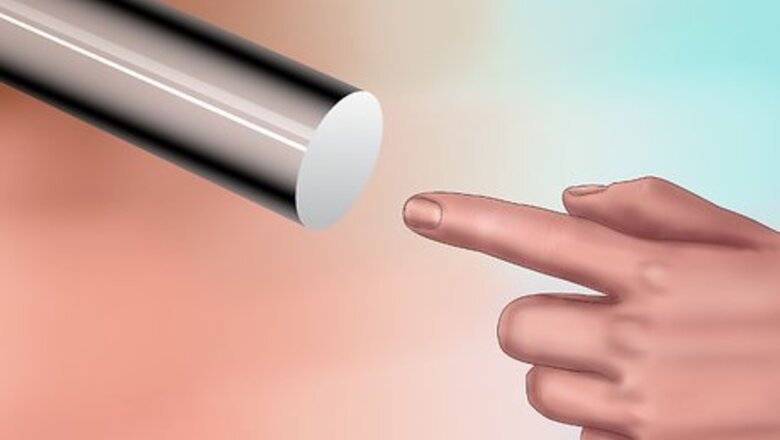
views
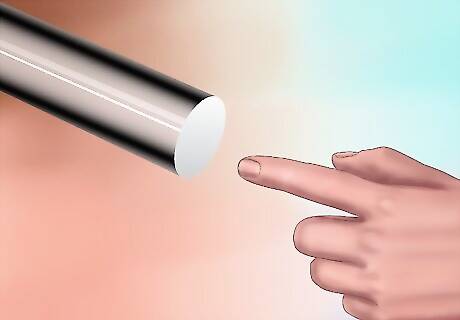
Choose the type of steel to be used for the gun barrel. The steel chosen must have a strength of 100,000 psi (689476 kPA) to withstand the force of the gasses that propel the round. The steel should have a hardness of 25 to 32 on the Rockwell scale so that the steel is strong enough to contain the pressure necessary to propel the round through the barrel, but not so brittle that it will be harmed by the machining operations to be performed. Obtain 1.25 inch (31.75 mm) rods from a specialty steel mill. Ask for a quality certification on the steel. Specify that the steel must be stress relieved at the steel mill. Select 4140 chrome moly steel. Chrome moly steel is the least expensive alternative. It also is easier to chemically blacken, if desired, to give a traditional look to the barrel. Decide on 416 stainless steel. Stainless steel is more expensive than chrome moly Steel. Stainless steel barrels have have a longer service life and are result in a more accurate firearm than do chrome moly steel barrels.
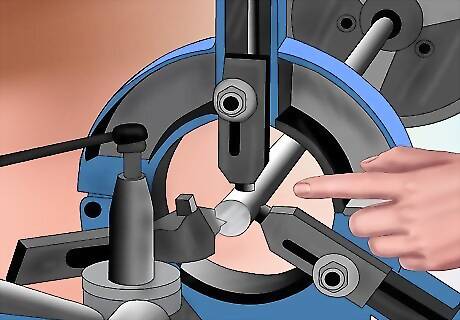
Cut a piece of steel for the barrel stock. Cut a length of steel around 28 inches (71.1 cm) to 30 inches (711.2 mm to 762 mm). Ensure that the ends of the barrel stock are true in parallelism to each other, are faced off and are perfectly round.
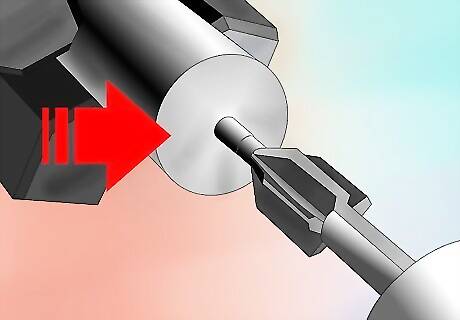
Drill the barrel. Drill down the interior lengthwise to a diameter about 5 thousandths of an inch (0.127 mm) less than the desired finished bore diameter of the barrel. A special drill, known as a deep hole drill, must be used to drill the barrel. The deep hole drill will hold the tungsten carbide drill bit still and spin the barrel to perform the drilling. Drilling will be liquid cooled and will proceed at about 1 inch (25.4 mm) per minute. Total time to drill the hole will be about 30 minutes.
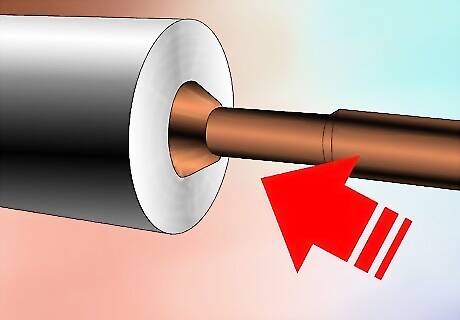
Ream the barrel. Work a tungsten carbide bore reamer down the finished drill hole of the barrel, using liquid coolant as the reamer works. The reamer will expand the hole to the desired finished bore, and smooth the inner drilled surface of the barrel as it creates the final desired bore.
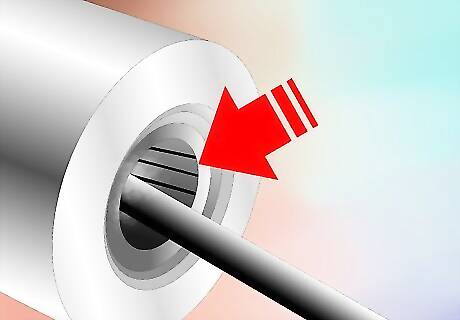
Rifle the barrel. Rifling consists of spiral grooves in the bore, which will impart a spin to the fired round as it travels down the barrel. This spin will gyro stabilize the flight of the fired round. Determine the number of rifling grooves to be placed in the bore and the amount of twist to be put on the rifling grooves. Consult with experts in the field of gun barrel making to determine this information. Find these experts at specialty gun barrel making shops. Make the first rifling groove. Insert a tube mounted with the rifling hook cutter box down the bore of the barrel. Draw the rifling hook cutter box through the bore while rotating the barrel at a rate recommended by the expert to give the desired rifling spin. Add more rifling grooves. Index the barrel to the starting position for the next groove. Draw the rifling hook cutter box through the bore while rotating the barrel at a rate recommended by the expert to give the desired rifling spin. Finish the rifling. Repeat passes through the bore with the rifling hook cutter box as needed.
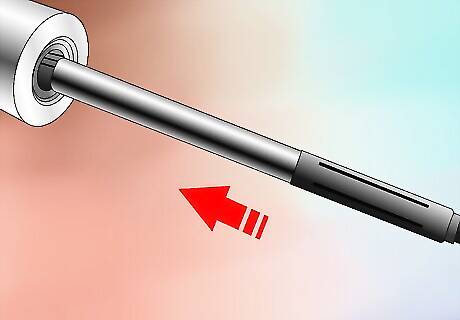
Lap the barrel to fine polish the bore. Insert the barrel lapping rod into the bore until it is about 4 inches (101.6 mm) from 1 end of the bore. Pour molten lead into the end of the bore and allow it to harden. Push the lap out of the barrel. Push the lapping rod forward until the now solidified lead slug, called the lead lap, is exposed. Cover the lead lap with lapping paste, which is similar to valve grinding paste. Complete the lapping. Run the lead lap up and down the length of the barrel about 50 times, applying more lapping paste as necessary.




















Comments
0 comment